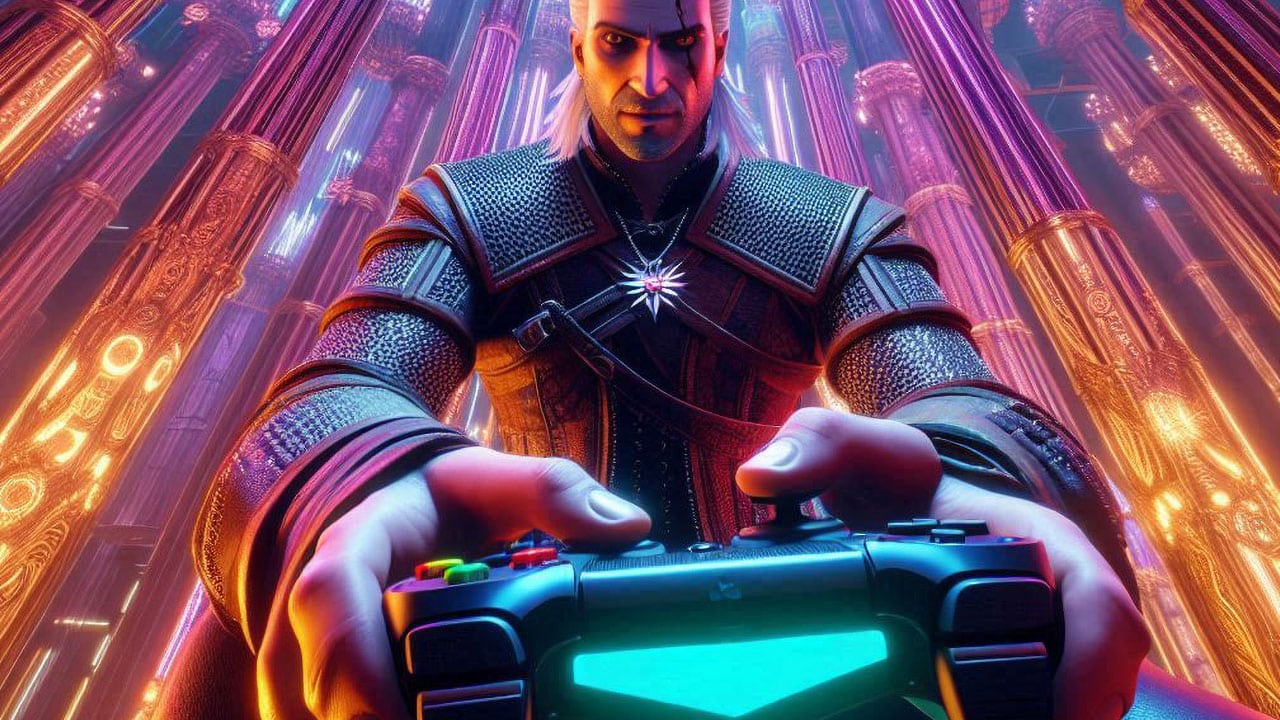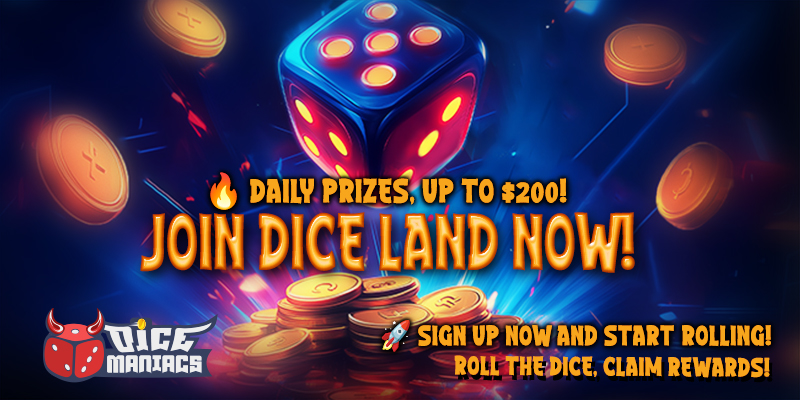In the sector of gaming, having the right monitor settings can make the difference between victory and defeat. Whether you’re an informal participant or a competitive eSports fanatic, optimizing your monitor settings can decorate your gameplay, enhance your response times, and decrease eye stress. This manual of the best settings for monitor for gaming dives into the quality settings to your gaming monitor, making sure you get the maximum immersive and responsive experience feasible.
Best Settings for Monitor for Gaming: Unlock Your Ultimate Gaming Experience
1. Resolution and Aspect Ratio: Clarity and Coverage
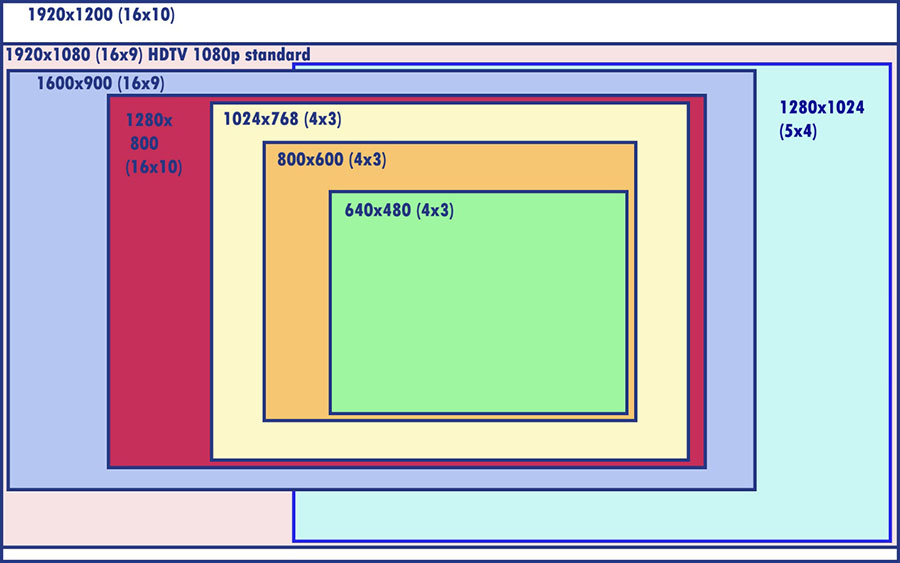
Choosing the proper resolution and component ratio is step one to optimizing your screen for gaming. Higher resolutions inclusive of 1440p (2560×1440) or 4K (3840×2160) provide sharper photographs and more particular visuals, making games appearance lovely. However, make sure your graphics card can handle the elevated load to preserve clean gameplay.
Aspect ratio matters too. While the standard 16:nine ratio is commonplace and well matched with most games, ultrawide monitors with a 21:9 ratio offer a broader discipline of view, which may be high-quality in video games like racing simulators and primary-individual shooters.
I do not forget switching from a 1080p screen to a 1440p one; the distinction in visible quality turned into like night and day. Suddenly, games like “The Witcher 3” and “Cyberpunk 2077” felt greater immersive, with info coming out in approaches I hadn’t noticed before.
Read More: Monitor Size For Gaming
2. Refresh Rate: Smoothness Above All

A higher refresh charge effects in smoother movement and extra responsive gameplay regarding the best settings for monitor for gaming. While 60Hz is the baseline for widespread use, game enthusiasts must intention for as a minimum 120Hz or 144Hz. Competitive game enthusiasts would possibly even opt for 240Hz or 360Hz monitors, mainly in rapid-paced video games like “CS: GO” or “Valorant.”
To take complete benefit of a excessive refresh fee, ensure your body prices suit or exceed the reveal’s refresh price. This synchronization ensures fluid motion and decreases display tearing.
3. Response Time: Swift and Snappy
Response time, measured in milliseconds (ms), shows how quick a pixel can change from one coloration to every other. Lower reaction instances (1ms to 5ms) are critical for decreasing ghosting and blurring at some point of fast actions. Monitors with a reaction time of 1ms, frequently discovered in TN or newer IPS panels, are ideal for gaming.
4. G-Sync and FreeSync: Eliminate Tearing
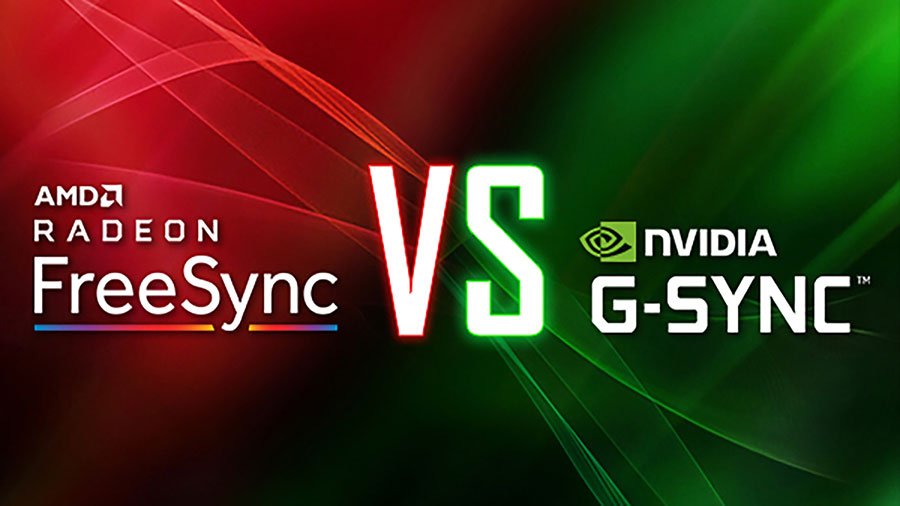
Screen tearing occurs when the screen’s refresh price and the GPU’s frame price are out of sync. Technologies like NVIDIA’s G-Sync and AMD’s FreeSync synchronize the refresh rate of the monitor with the GPU, presenting a tear-free and stutter-free gaming experience. Depending in your graphics card, make sure your display supports the corresponding era.
Personal Touch: I don’t forget the disappointment of screen tearing at some point of excessive firefights in “Overwatch.” Upgrading to a G-Sync compatible monitor smoothed out the experience, making every play consultation extra enjoyable and visually coherent.
5. Brightness and Contrast: Find the Balance
Setting the right brightness and comparison can extensively enhance your gaming visuals when talking about the best settings for monitor for gaming. Too high or too low brightness can cause eye pressure and make it tough to see in-game info, specially in darkish scenes.
- Brightness: Set your brightness to a cushty degree where you may see all info with out causing eye strain. A trendy rule is around 250 to 350 cd/m² for most environments.
- Contrast: A higher contrast ratio enables in distinguishing between darkish and mild regions. Aim for a screen with a contrast ratio of at least one thousand:1. Adjust the evaluation putting to ensure the dark areas of the sport are seen with out overexposing the brilliant regions.
Read More: how to play high graphics game in low pc
6. Color Calibration: True to Life Colors
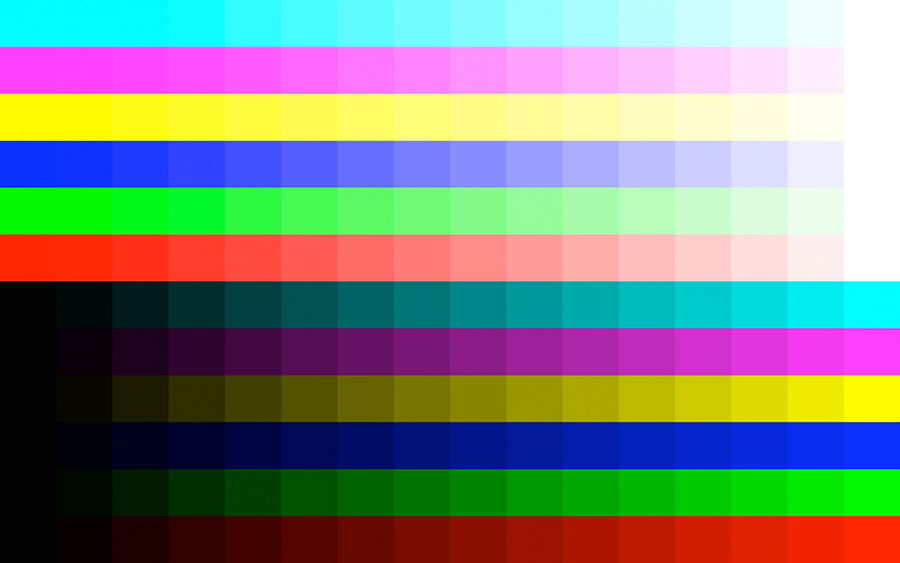
Proper color calibration guarantees that colours are accurate and colourful. Most current monitors come with presets like sRGB, Adobe RGB, or gaming modes. Using tools like a colorimeter assist you to first-class-track your monitor for unique colour duplicate.
- Gamma Settings: Adjusting the gamma setting impacts the brightness and shade stability of your display. A gamma placing of 2.2 is recommended for maximum gaming conditions, imparting a great stability of shadow element and highlight readability.
7. HDR: High Dynamic Range
If your reveal supports HDR (High Dynamic Range), allowing it is able to provide richer colours, deeper blacks, and brighter whites. HDR enhances the overall visual revel in, making games appearance more practical. Ensure each your sport and screen aid HDR to take advantage of this option.
8. Blue Light Filter and Eye Care
Extended gaming sessions can strain your eyes, therefore you need to know more about the best settings for monitor for gaming. Monitors with blue mild filters and flicker-loose generation can help lessen eye fatigue. Enable these settings at some point of lengthy gaming marathons to defend your eyes without compromising on visible fine.
Personal Anecdote: After experiencing eye strain from long gaming classes, I started the usage of the blue mild filter out function. The difference turned into first-rate; I should sport longer with out feeling the identical degree of discomfort and fatigue.
Read More: pc optimization for gaming
9. Game Mode Settings: Tailored for Performance
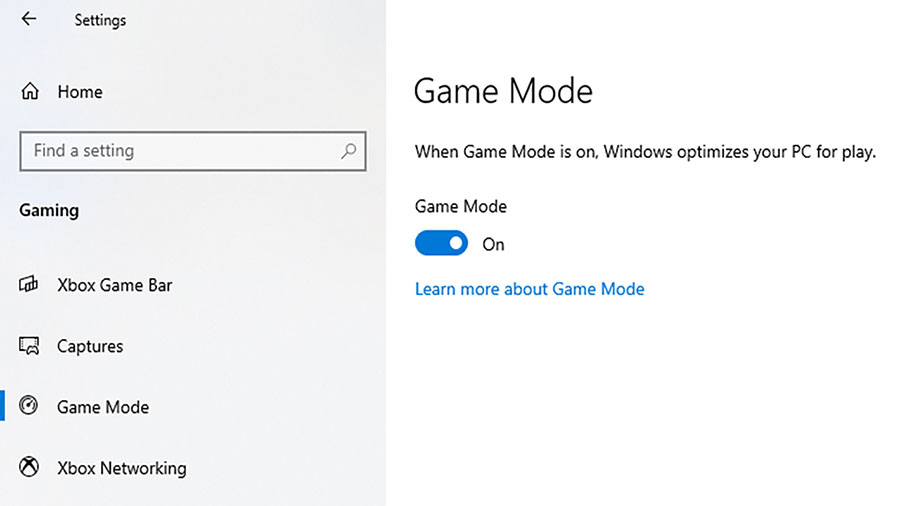
Many monitors include precise sport modes that optimize settings for distinctive styles of video games, including FPS (First-Person Shooter), RTS (Real-Time Strategy), or RPG (Role-Playing Games). These modes routinely alter comparison, brightness, and coloration settings to offer the first-rate visual revel in for each recreation genre.
10. Customizing Monitor Settings: Personalize Your Experience
Beyond the default modes, customizing your screen settings to your preference can decorate your gaming enjoy. Spend time tweaking the settings and locate the proper stability that fits your gaming fashion. You can usually keep those settings as presets, making it smooth to exchange between unique video games or activities.
Conclusion
What is the best settings for monitor for gaming? Optimizing your reveal settings for gaming can drastically beautify your gaming enjoy, supplying smoother gameplay, higher visuals, and reduced eye stress. From deciding on the right decision and refresh rate to fine-tuning colour calibration and enabling game-unique modes, every putting plays an essential function in handing over the first-rate viable performance. Spend time experimenting with unique settings to discover what works fine for you and enjoy a really immersive and responsive experience.
1. How can I optimize my monitor settings for competitive gaming?
For competitive gaming, focus on settings that enhance performance and reaction times. Use a high refresh rate (120Hz or higher) and low response time (1ms) monitor. Enable G-Sync or FreeSync to prevent screen tearing and adjust brightness and contrast to ensure clear visibility in all game scenarios. Personalize game mode settings to suit the type of game you’re playing.
2. Is it worth investing in a 4K gaming monitor?
Investing in a 4K gaming monitor is worth it if you have a powerful GPU that can handle the high resolution without sacrificing frame rates. 4K monitors provide stunning visual details, making them great for immersive single-player games and creative work. However, for competitive gaming, higher refresh rates and lower resolutions might be more beneficial.
3. How do I calibrate my monitor for the best color accuracy?
To calibrate your monitor for the best color accuracy, you can use built-in calibration tools or a hardware colorimeter. Start by resetting your monitor to its default settings, then adjust the brightness and contrast. Use a calibration tool to fine-tune the color temperature, gamma, and RGB settings. You can also download ICC profiles specific to your monitor model for accurate calibration.
4. What are the benefits of using HDR in gaming?
HDR (High Dynamic Range) enhances the visual experience by providing richer colors, brighter highlights, and deeper blacks. It makes games look more realistic and visually stunning. To benefit from HDR, ensure your monitor and game support HDR content and enable HDR in your monitor’s settings and game options.
